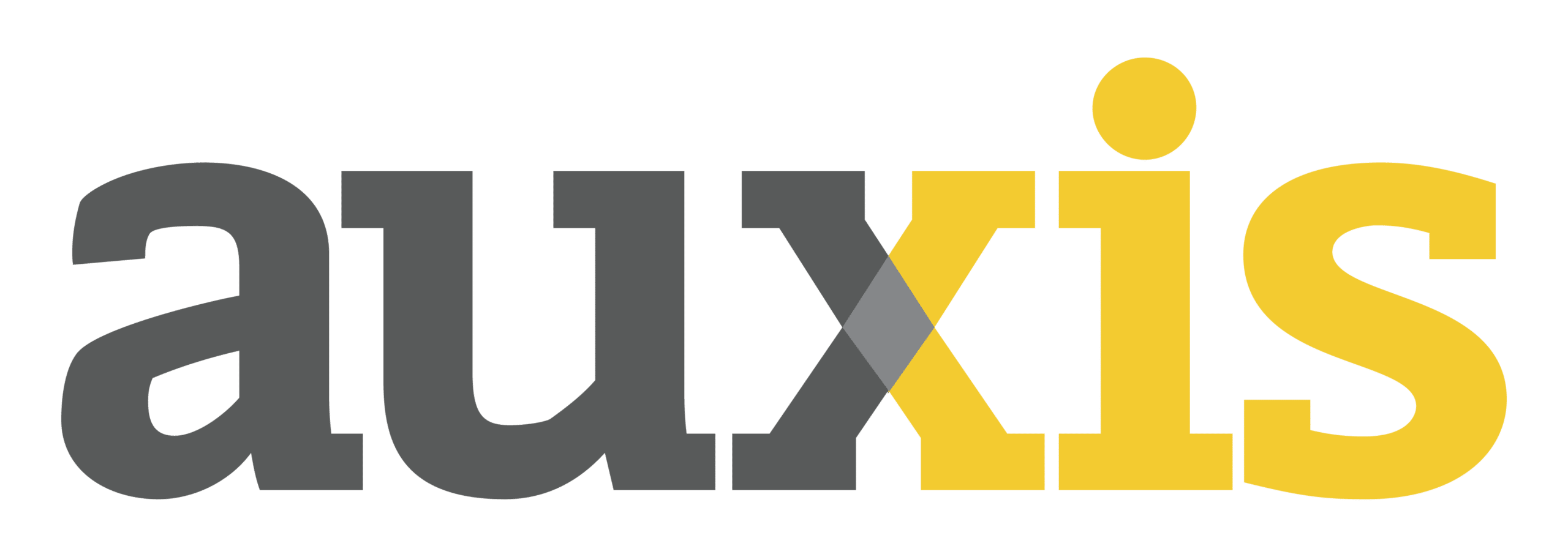- What We Do
- Shared Services
- Nearshore Outsourcing
- Digital Transformation
- Finance Operations
- Business Process Outsourcing
- IT Operations
- M&A and Private Equity
- Shared Services
- Nearshore Outsourcing
- Digital Transformation
- Finance Operations
- Business Operations
- IT Operations
- M&A and Private Equity
- Industries
- Retail & CPG
- Healthcare
- Manufacturing & Logistics
- Financial Services
- Restaurants
- Private Equity
- Technology
- Other Industries
Industry expertise matters. We provide specialized IT and business services across all the major industries.
- Insights
Real-world perspectives on trends and topics that matter to your business
- Success Stories
Learn how Auxis’ nearshore solutions strengthen processes and increase efficiency.
- Who We Are
Experience matters. We help clients overcome challenges, embrace change, and adapt their businesses for future success.
- Careers
